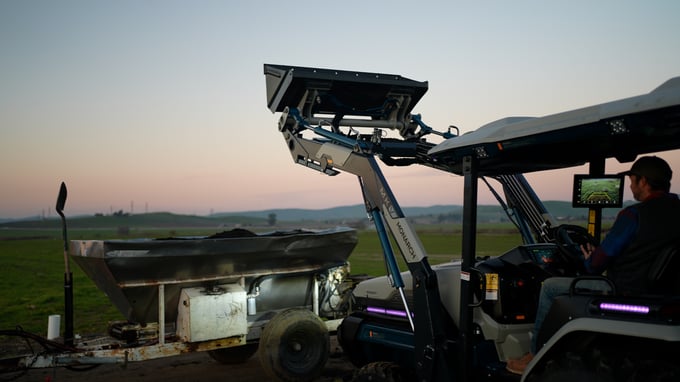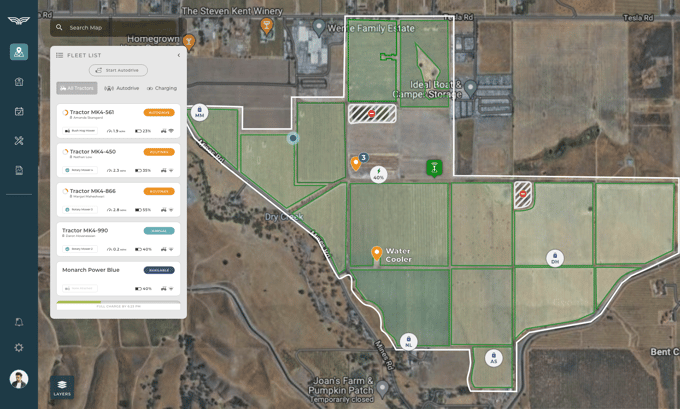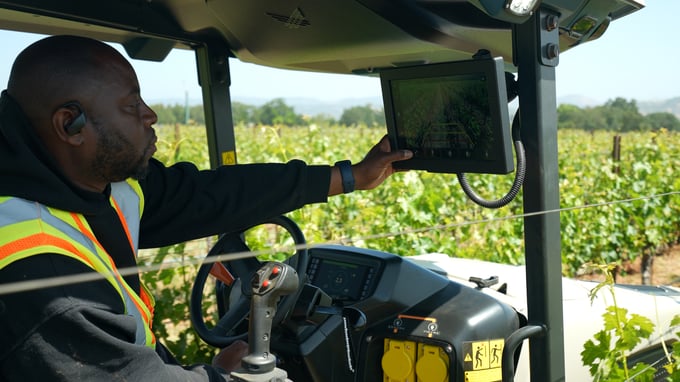Precision agriculture, the cutting-edge approach to farming, is revolutionizing the way farmers grow crops and manage agricultural systems. By integrating advanced technologies and data-driven systems, precision agriculture helps optimize resource utilization, minimize environmental impact, and maximize productivity. Armed with the valuable information precision agriculture resources and tools can provide, farmers are better able to make informed decisions and precisely allocate resources like water, fertilizers, pesticides, even labor, as well as tailor their farming practices to individual plant needs.
Understanding the basics behind precision agriculture is an essential must-know for anyone interested or working in the agricultural sector today. The principles, benefits, and technological advancements behind precision ag are a key part of the modern farming landscape.
What Is Precision Agriculture?
Farmers are problem-solvers, innovators, and stewards of the land, working with nature to produce the best quality and highest yield for their crops. Many farmers rely on heading out to the field to inspect their plants for variability in soil nutrients, moisture, impaction, disease, and weeds across blocks or even rows. However, there’s a more accurate and efficient method: precision agriculture.
Precision agriculture is a farming management concept that uses modern technology to observe, measure, and respond to the changing conditions and states of crops by using real-time data. It involves deploying cutting-edge tools and techniques such as GPS technology, sensors, satellite imagery, and 360-degree cameras to optimize crop yields and reduce waste. 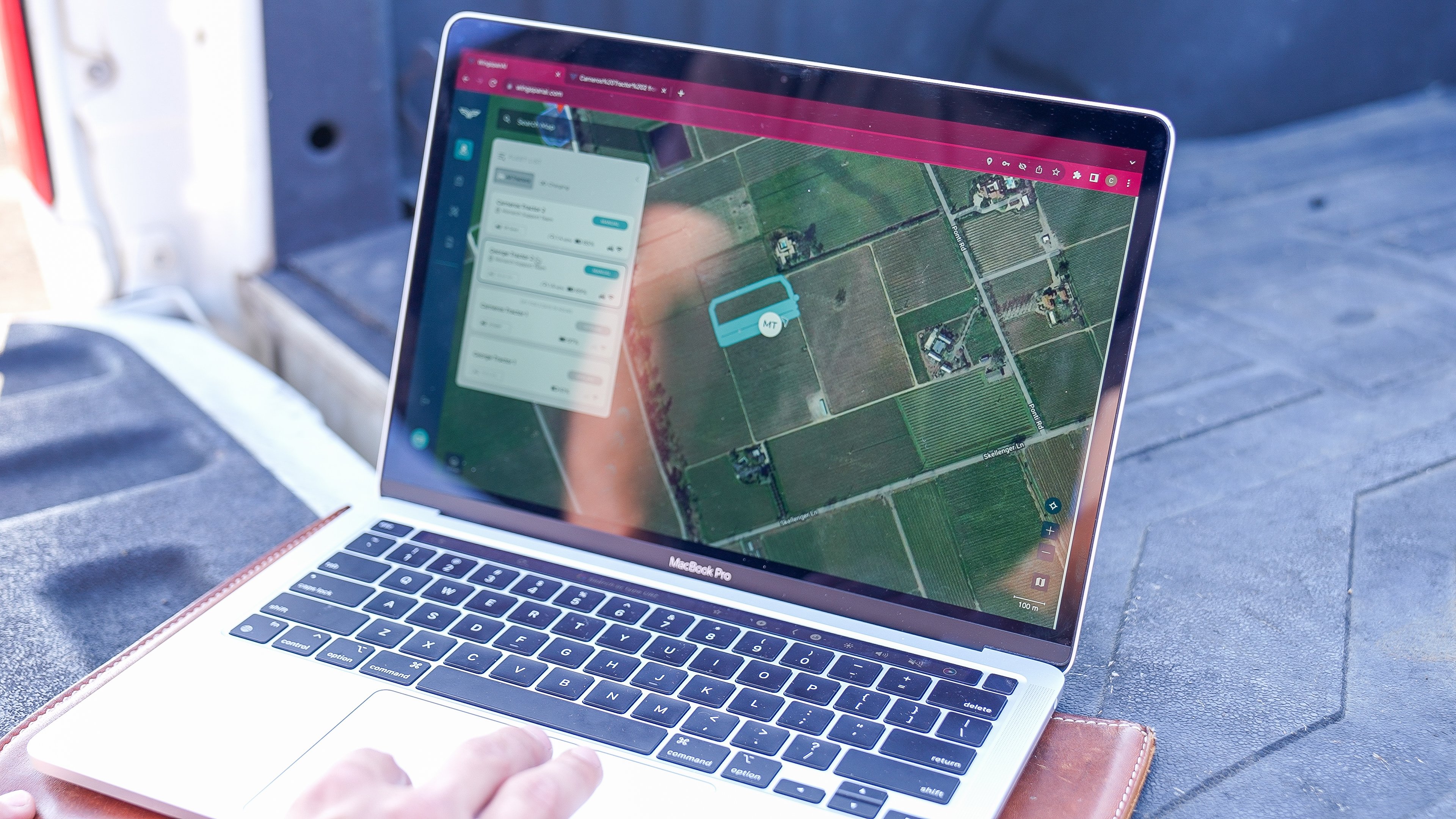
Utilizing precision ag technology within a farm isn’t necessarily about making big changes to a farm ecosystem or a departure from traditional practices. It’s about simplifying the gathering of information for more efficient and effective operations, which can ultimately return time, energy, and profits to a farmer. Think of precision ag as a technology-enabled farmhand, helping farmers collect data about their fields, crops, and labor and empowering farm managers to make more informed decisions that remove much of the guesstimating from the equation.
What Are the Benefits of Precision Agriculture?
For smaller-scale farms, like the majority of the U.S. fruit and vegetable farms, margins can be tight and the challenges numerous. Precision agriculture can be a game changer, offering solutions that can help to transform these operations in terms of efficiency, sustainability, and profitability.
Let's explore how.
Improved Efficiency
One of the fundamental benefits of precision agriculture is the enhanced efficiency it brings. By using technology to monitor and provide farm managers with real-time updates during daily operations farmers can manage their resources more effectively. For instance, instead of running sprinklers based on a timer set by a human, smart irrigation controllers are equipped to adjust the schedule based on local weather data to avoid over- or under-watering plants. A more precise application of inputs like water and agrochemicals yields a more streamlined operation.
Real-time location updates can also help farm managers know exactly where their tractor drivers are on the farm during operations, saving farm managers valuable time in monitoring overall tractor activity, performance, and tractor health. Engineered to do exactly this, Wingspan Ag Intelligence (WingspanAI) is an innovative technology by Monarch Tractor that’s integrated into the tractor. This level of visibility can also help maintenance managers keep their fleet in the field and out of the shop.
Sustainability Meets Profitability
For many smaller-scale farms, balancing sustainability and profitability is a tough act. But precision agriculture can help align these two objectives. With precise monitoring and resource management, farmers can save money reducing their agrochemical use, achieve healthier soils, and improve their farm’s overall health, resilience, and viability while also improving their bottom line. Going back to the example of smart irrigation, avoiding overwatering does more than protect plant health. There is less wastewater runoff to the local watershed and soil erosion on the farm. 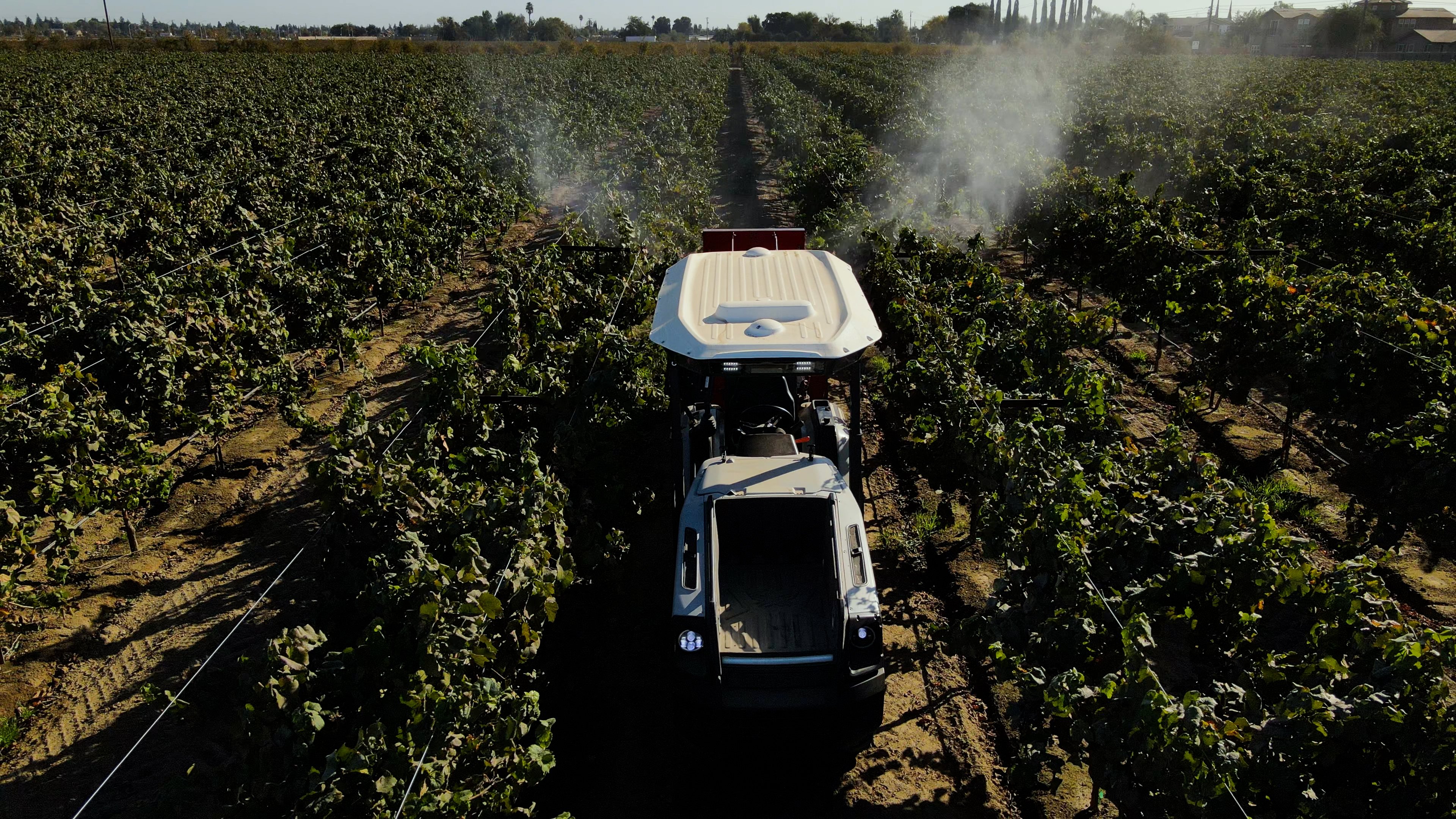
Meeting Consumer Demands
Modern consumers are more discerning than ever. Many want to know where their food comes from, how it's grown, and the values of the people who grow it. This can be seen in the cost differences between standard and organic goods. Posted data can create company transparency and provide consumers and distributors with the assurance they seek, which in turn can bolster a farm’s reputation and profitability.
The ability to track and report on aspects of sustainability, like carbon emissions and chemical input, can be a valuable selling point in today’s increasingly eco-conscious marketplace. Monarch Tractor’s MK-V, is a smart, electric tractor that tracks, measures and reports valuable metrics including energy and carbon emission savings that can help farmers gather key data quickly and efficiently.
It’s worth noting that the MK-V is also driver-optional. The ability to conduct autonomous operations can strengthen a farmer’s desire to employ renewable farming practices. By being autonomous and electric, farmers no longer have to worry about the skyrocketing operational costs associated with increased passes. As a smart tractor, those compounded energy and carbon savings are captured as easy-to-read data for reporting. .jpg?width=3840&height=2160&name=MT_Aug23_LakeCountyDemoEvent-55%20(1).jpg)
Risk Management
Farming is risky business, from unpredictable weather patterns and injury risk to the relentless attack of pests, weeds, and disease outbreaks. Precision agriculture technology, such as remote sensing and real-time data analysis helps farmers spot issues early and take action, helping to mitigate risk and potentially saving your crops from devastating losses. That data analysis can also come in the form of 360-degrees cameras capturing a visual record of operations and situational awareness that can be reviewed at any time.
Precision in agriculture applies to more than safeguarding plant health. Innovative, high-tech agricultural equipment can respond to real-time situations to keep people safe. The MK-V features collision prevention, human detection, rollover risk alerts, and Power Take Off (PTO) protection, which automatically shuts off if an object or person is detected within an unsafe area near the PTO. This ensures that farm employees can do their work safely and confidently. 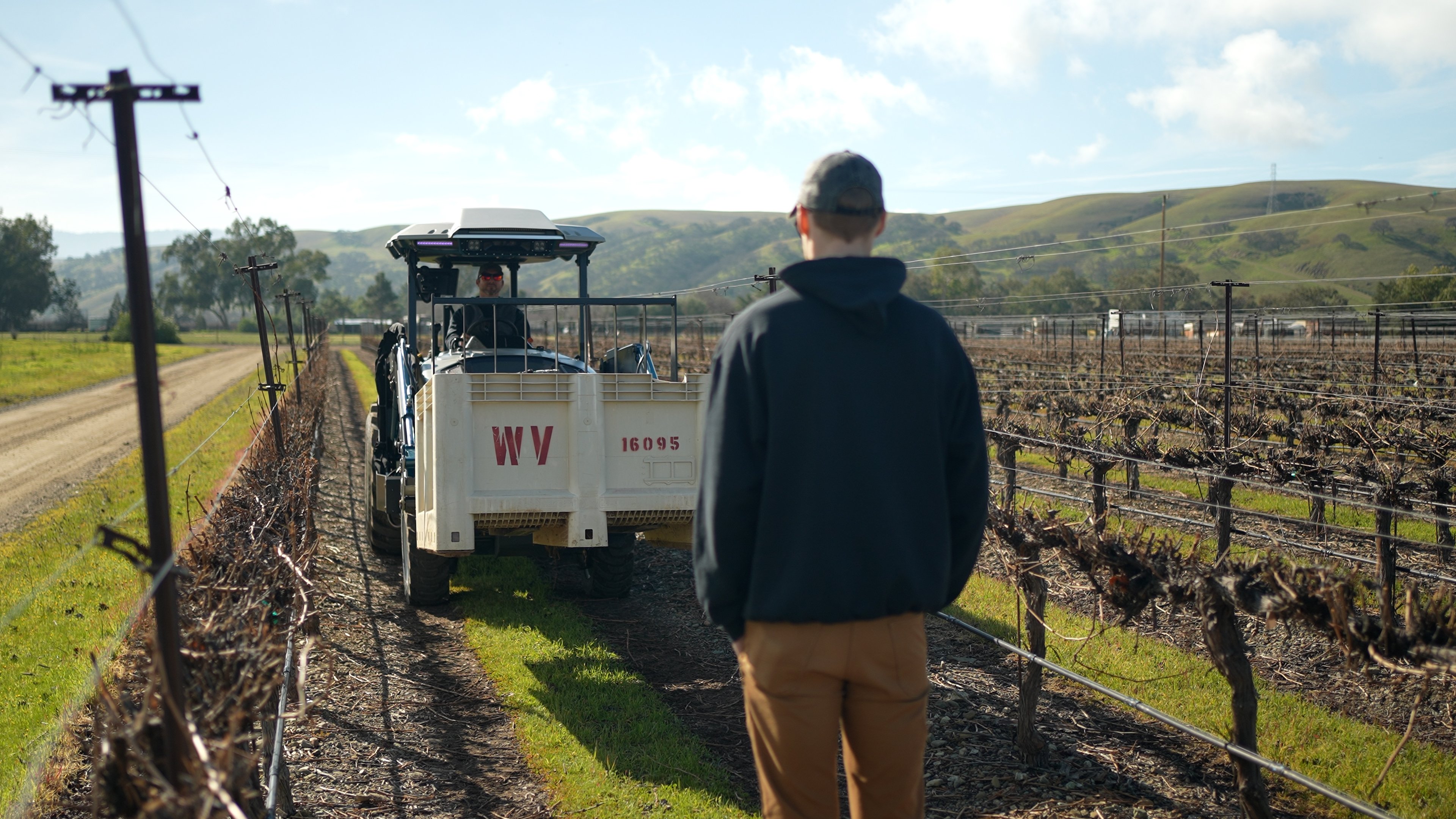
Decision-Making Support
Finally, precision agriculture equips farmers with valuable data that can inform decision-making at the farm level. From identifying the best time to plant and harvest, to providing the info farm managers need to make informed predictions about yield, the data gleaned from precision agriculture technology can guide anyone with a vested interest in farming to make the best choices for their agribusiness. In the end, precision agriculture is about keeping farmers – no matter the size of their operations – one step ahead.
Adapting Precision Agriculture into a Farm
Interested in taking advantage of precision ag for your agribusiness? The process can look overwhelming, but it may be a lot easier than it sounds. A strategic approach is key.
1. Start with Education and Research.
Begin by understanding the principles and technologies of precision agriculture and assessing potential benefits or drawbacks to your agribusiness. Attending workshops, webinars, or courses focused on precision ag can help you advance your understanding and stay ahead of the competition.
2. Access Your Farm.
Evaluate your current farming practices. Identify areas where precision ag can make a difference, such as irrigation, pest control, weeding, or fertilizer application. Determine the key performance indicators (KPIs) you'll use to measure success. Gallons of diesel saved, lower emissions, decreased agrochemical use, water saved, energy saved, and much more are all examples of metrics that can measure performance.
3. Explore the Different Types of Technology Available.
Based on your assessment, identify the precision technologies that would be most beneficial for your operation. This could range from GPS-guided farm machinery to satellite imaging or irrigation sensors. With tractors, precision ag technology has only been available in the largest classification of these farm vehicles. Companies like Monarch are working to integrate precision ag technologies into a sub-100 horsepower, compact tractor. 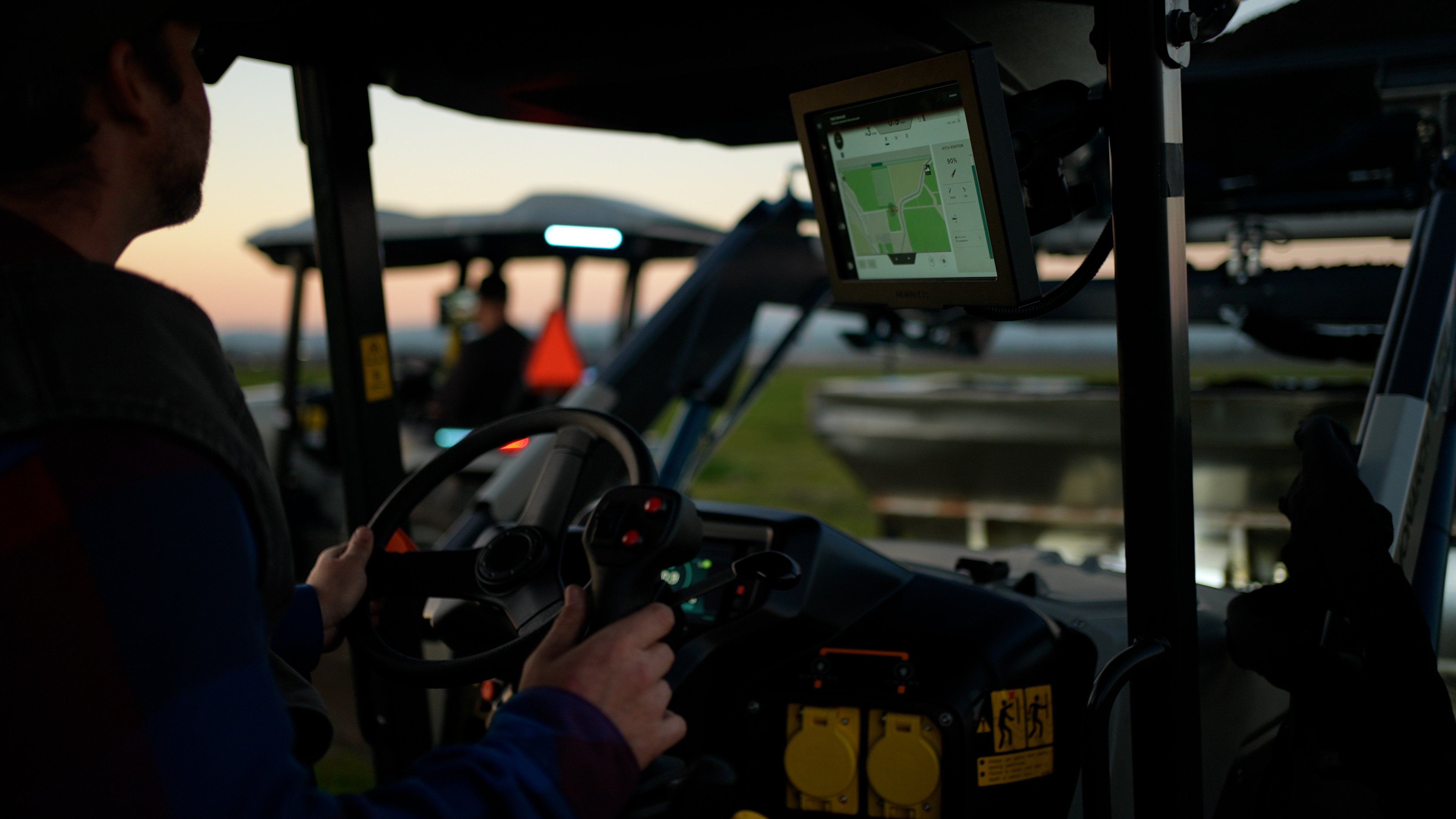
4. Implement, Monitor, and Adjust as Needed.
Implement your precision ag strategies and keep an eye on the changes you see. Regularly assess the effectiveness of your new practices using your KPIs. Be prepared to make adjustments based on your observations and the data analysis that precision agriculture technology can provide. After all, that’s the primary value of this form of AgTech.
Embracing the Future of Farming
The right precision agriculture tools can enable a farm of any size to amplify efficiency and productivity without forsaking control. This approach sustains farming values, empowering farmers to protect their land and livelihood through efficient resource use. Ultimately, precision agriculture equips farmers with insights and tools to tackle long-term farming challenges with intentionally crafted technology. It enhances productivity, reduces costs, and bolsters sustainability while still honoring the cherished traditions of working with the land.
As you contemplate your farm’s future, consider how a tractor can do more than conduct operations, but serve as a central intelligence hub, gathering and reporting the data that can bring your farm to the next level.
References:
Davis, G., Casady, W., & Massey, R. “Precision Agriculture: An Introduction.” University of Missouri. https://extension.missouri.edu/publications/wq450
United States Energy Information Administration. “Gasoline and Diesel Fuel Update.” https://www.eia.gov/petroleum/gasdiesel/

